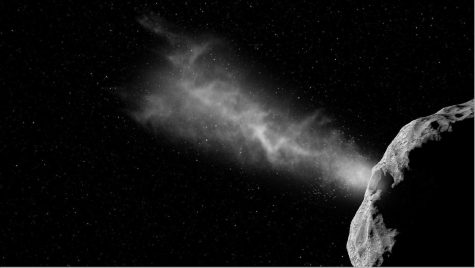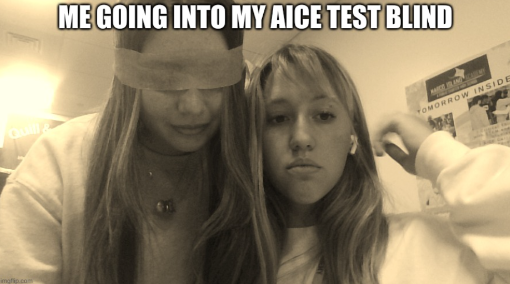DART Follow-up
October 31, 2022
On September 26th, the Double Asteroid Redirection Test (DART) slammed into the moonlet in the binary asteroid system Dimymous. DART shortened the orbit of this moonlet, named Dimorphos, by 32 minutes. NASA had predicted Dimporphos’ orbit to be shortened by only 10 minutes. This success allows for further exploration, experimentation, and innovation in NASA’s planetary defense system. This is a very new field of aeronautics, as most of it follows a sort of ‘kamikaze’ spacecraft, meaning there is a very low chance of the craft surviving its mission. DART is a perfect example of this, as its mission was quite literally a controlled crash.

Potential future experiments would most likely focus on a “rubbish pile”. This is when boulders are linked to each other by the other object’s gravity. This would be more difficult to divert the course of as ramming directly into it wouldn’t work. NASA describes these systems as “fluffy” and is still working on potential solutions to this.
NASA is working very diligently to keep our planet safe. Yet they are most definitely not on a time crunch. The last severe asteroid hit on Earth was a 6 mile wide asteroid that made contact 66 million years ago. This asteroid is the one that caused the mass extinction infamous for exterminating the dinosaurs. Realistically, the only asteroids near us would only devastate a city if they made an impact. This is the case for Dimorphos, meaning Earth is safe and sound from any asteroids for the time being.











